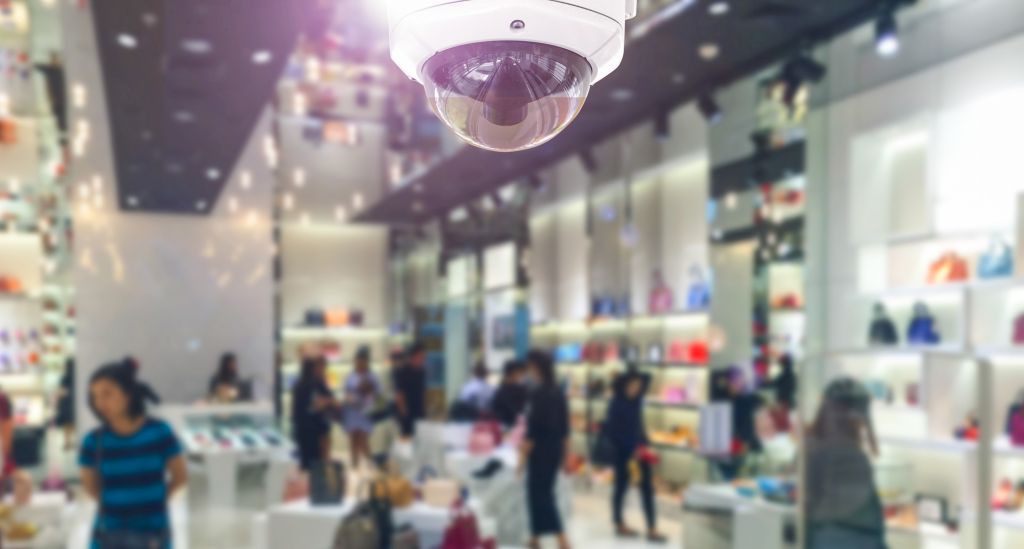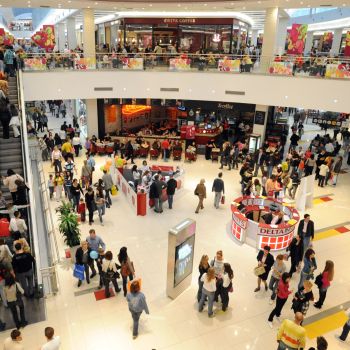By David Fuller-Watts, CEO, Mallcomm
The recent news that assaulting a retail worker is to be made a standalone offence is welcome progress at a time when violence and abuse towards retail staff is soaring. The volume of incidents, which can have a lasting mental and physical impact on victims, grew from 870 to 1,300 in 2022/23 according to the British Retail Consortium.
But although an encouraging sign that the Government is finally taking retail crime more seriously, what would be of greater reassurance to retail staff is if we could stop such verbal and physical attacks from happening in the first place, rather than just increasing the likelihood of punishment post-event.
Retailers are trying hard to combat the problem, spending a record £1.2bn on crime prevention measures as they seek to also reduce losses from retail theft, which doubled in value to £1.8bn last year.
There are some fantastic all-singing, all-dancing crime prevention systems out there and the value of AI in this fight against retail crime is also exciting. But with such systems comes expense and retailers and shopping centres don’t always have the budgets required. They may also not think they are at risk.
Sadly it only takes one incident to show that they are. Yet they can also overlook more streamlined and less unproven solutions that could help mitigate risk without the hefty price tag of complicated IT hardware investment, and with the knowledge of proven success.
Providing a coordinated response
One of the biggest challenges in tackling retail crime can be the disparity between store and shopping centre owners and how they react to it. Each retailer will have their own protocols for handling theft and abuse.
They may also have detailed knowledge of who the more regular perpetrators of crime are – perhaps those who are professionally shoplifting – either because they’ve been targeted before or have been informed of incidents by another store. They may or may not have their own security team depending on the size of the store.

Then we have the shopping centres with their own security solutions, protocols and security teams. The challenge is that very rarely do the two sides work together effectively, leading to inefficiency and increased risk.
Soft touch measures can work well
But relatively soft touch measures can help. One of the most effective deterrents for shoplifting and therefore the potential for staff abuse to escalate is to have a visual security guard presence that reacts proactively.
The ability to quickly and easily request an onsite security team to walk by a store, for example, by messaging the centre’s security office can help enormously in de-escalating potential situations. But solutions need to be simple and reactions fast.

Similarly, the ability to react in real-time to reported trouble brewing can also help. This could be targeting CCTV surveillance to areas of suspicion that can allow a faster response in preventing trouble from developing further, rather than reviewing CCTV post-event to see if an incident was caught on camera and perpetrators can be identified, for example. Shopping centre security teams face the challenge of monitoring multiple surveillance screens. Retailers can aid in faster incident response by leveraging real-time messaging systems. Imagine a scenario: a retailer notices suspicious behaviour and alerts the security team instantly via the platform. This direct communication enables swift action, enhancing overall safety. By facilitating this collaboration, shopping centres improve incident response times, fostering a safer environment for all.
The importance of good communication and a connected approach can’t be underestimated. Potential offenders may expect there to be CCTV and security guards in the vicinity but in many instances have become desensitised simply because reactions haven’t been fast enough to stop them from carrying out their anti-social, abusive or criminal behaviour.
What these people don’t necessarily expect is a more proactive approach led by stores and centres in constant communication that allows a more rapid response that can halt or dissuade their behaviour from happening in the first place.
A safe environment for all
It’s not just about keeping staff safe. Shoppers also want to feel secure, or they won’t visit which leads to the risk that centres lose shoppers and ultimately tenants.
Bringing in a more connected environment is good for all – it allows for a flow of information so that staff, stores and centres are more aware of what is going on and can report concerns before they might develop into incidents. Providing this more holistic network of support, alongside a greater intolerance of retail crime, could be the key to breaking the retail staff abuse cycle and ensuring that staff and shoppers feel safer in-store.

Speak to our team today to discover how we can ensure your property is prepared and secure


